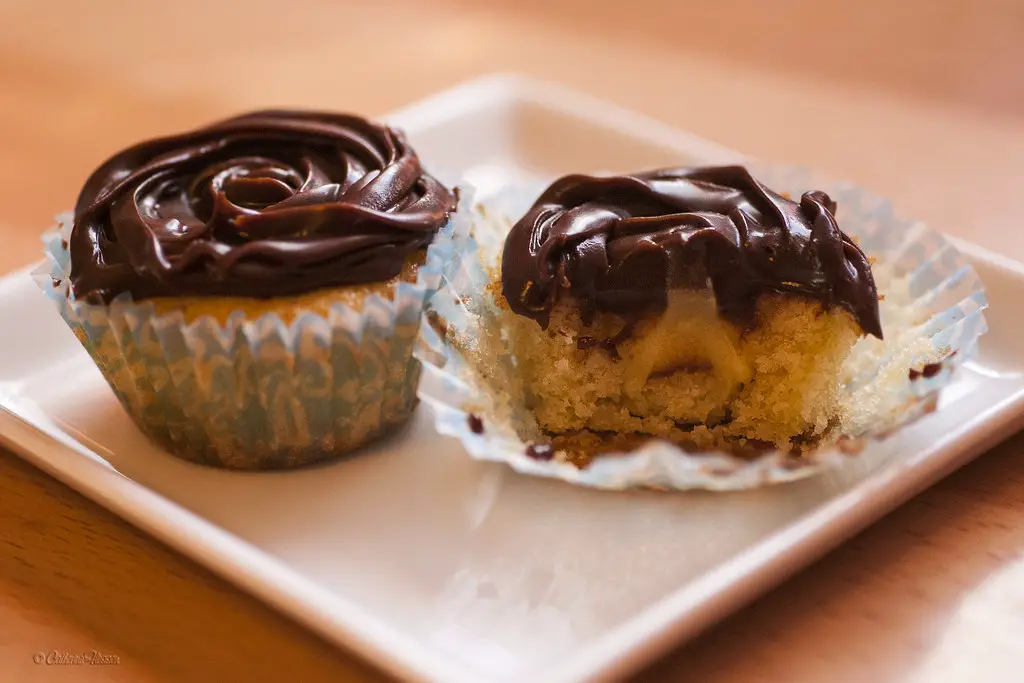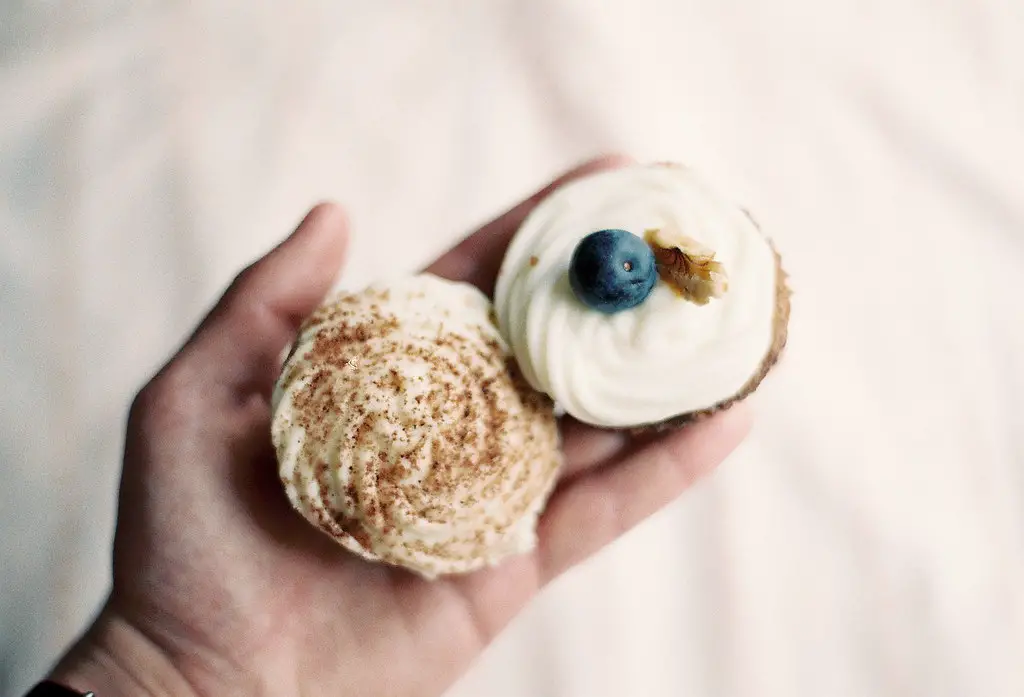Tea is more than just a beverage in England—it’s an institution. Synonymous with comfort and hospitality, “tea time” is a quintessential British tradition that has endured through centuries.
But what exactly is tea time, and when does it occur? This article delves into the history, significance, and contemporary practice of tea time in England.
The Origins of Tea Time
Tea was first introduced to England in the early 17th century, and by the mid-1600s, it had become popular among the aristocracy. The tradition of tea time, however, began in the 1840s.
It was initiated by Anna, the Duchess of Bedford, who experienced a “sinking feeling” in the late afternoon, as the typical English dinner was served later in the evening. She started having tea and a light snack privately in her boudoir during the afternoon. Eventually, this private ritual became a social event as she began inviting friends to join her.
Types of Tea Times
In England, there are primarily two different types of tea occasions, each distinct in its purpose and presentation:
Afternoon Tea
Traditionally served between 3:00 and 5:00 PM, afternoon tea is a light meal bridging the gap between lunch and dinner. It typically includes a selection of finely cut sandwiches, scones with clotted cream and jam, sweet pastries, and cakes, accompanied by a pot of tea. Afternoon tea is often considered an occasion in itself, sometimes enjoyed in luxurious surroundings with dress codes.
High Tea
Contrary to what the name might suggest, high tea is a more substantial meal that merges the light bite of afternoon tea with more hearty offerings. It is typically served later in the day, around 5:00 PM to 7:00 PM. High tea includes a wider variety of foods such as meats, pies, bread, and cakes. It is less formal than afternoon tea and was historically associated with the working class, taking place at a high table (like a dining table) rather than low, comfortable parlour chairs.
Contemporary Tea Time Practices
While the traditional practices of afternoon and high tea remain popular, particularly among tourists and in formal settings, many Britons today treat tea time with more flexibility. It is common to enjoy a cup of tea and perhaps a small snack or biscuit in the late afternoon at home or work, reflecting the original spirit of tea time as a pause for rest and refreshment.
Cultural Significance
Tea time is deeply ingrained in British culture. It offers a moment of calm in the hustle and bustle of daily life and serves as an opportunity for social interaction and celebration.
Significant events and family gatherings often feature a tea time, attesting to its enduring appeal as a social binder.
Tea time in England is not just about drinking tea; it is a cultural event that offers insight into British customs, social etiquette, and history. Whether you are sitting down for an elegant afternoon tea or enjoying a robust high tea, this time-honored tradition remains a cherished part of the day in England.
The Evolution of Tea Time
As the world changes, so too does the tradition of tea time. While its roots are firmly planted in the social customs of the 19th century, contemporary tea time can vary significantly from its historical precedents. Many cafes and hotels across England have innovated on the classic format to cater to modern tastes and dietary preferences, offering vegan or gluten-free options and incorporating international flavors into their menus.
The Role of Tea Time in Modern British Society
In modern Britain, tea time continues to serve as a break from the day’s activities, but it also functions as a moment of personal indulgence or leisure. In a fast-paced world, the act of pausing for tea can be a form of mindfulness, allowing individuals to slow down, reflect, and enjoy the simpler pleasures of life. Moreover, it remains a key component of hospitality, demonstrating care and consideration for guests.
Tea Time and Tourism
For tourists, experiencing a traditional British tea time offers a taste of England’s cultural fabric. Iconic locations like The Ritz or The Savoy in London provide classic afternoon tea experiences that attract visitors from all over the world. These events often feature live music, such as classical piano or a string quartet, enhancing the genteel atmosphere.
The Social Aspect of Tea Time
Socially, tea time can act as an equalizer, bringing together people of all ages and backgrounds. In both urban and rural areas, community tea times are common, where locals gather in communal spaces like village halls or community centers to catch up over tea and snacks. These gatherings can strengthen community bonds and serve as an accessible social outlet.
Tea Time at Home
At home, tea time may be less formal but is no less significant. It provides families and housemates a chance to sit together and share their day’s experiences. In many households, brewing a pot of tea in the afternoon is a ritual that marks a brief respite before the evening’s activities.
Looking Forward
As we look to the future, the tradition of tea time is likely to continue adapting to contemporary needs and tastes while maintaining its core as a cherished British tradition.
Whether it evolves to incorporate elements of other global tea cultures or finds new ways to celebrate classic British ingredients and recipes, tea time will undoubtedly remain a beloved part of life in England.
In conclusion, tea time in England is a rich tradition laden with historical significance and cultural depth. It embodies the British penchant for ritual and comfort, proving to be resilient and adaptable through the ages. Whether you’re enjoying a quiet cup alone or partaking in a lavish afternoon tea service, this quintessential British custom offers a pause that is both refreshing and reflective, deeply embedded in the daily life and spirit of the UK.


















